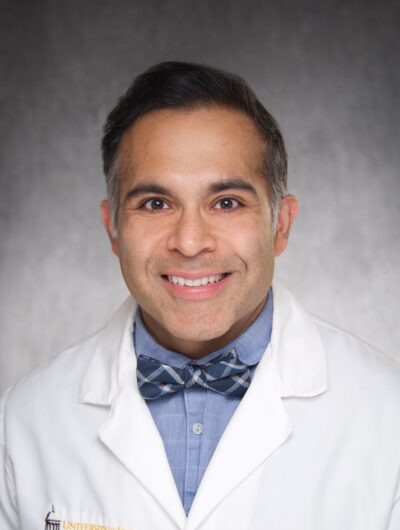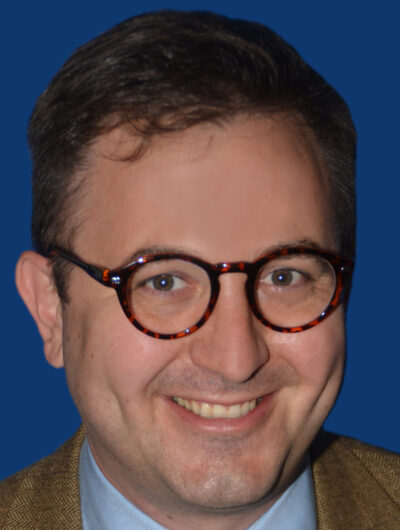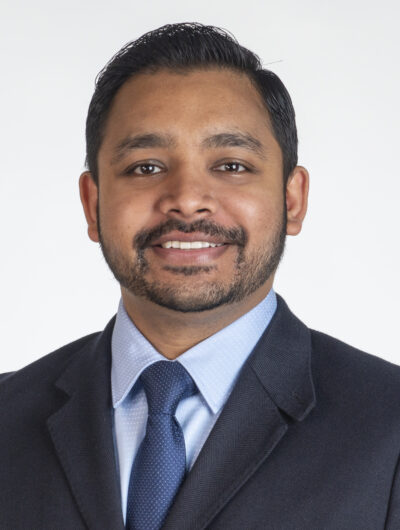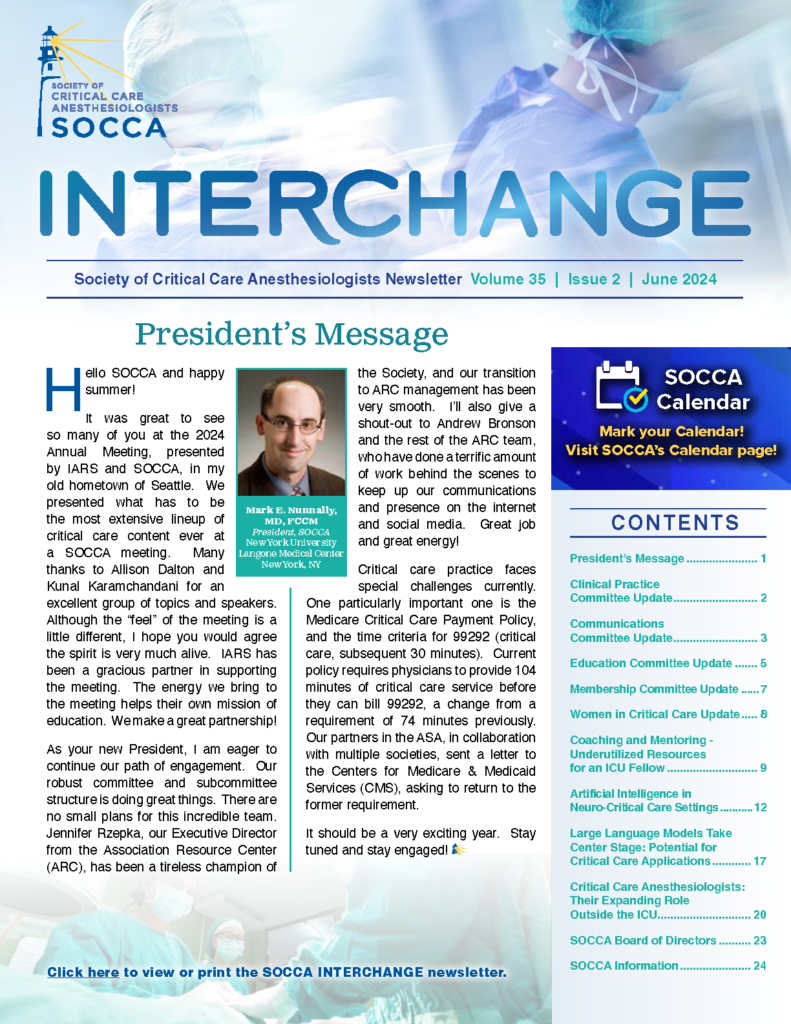ECMO Education for Intensivists: Approaches and Potential Challenges
Since the 2009 H1N1 pandemic, there has been exponential growth in the use of extracorporeal membrane oxygenation (ECMO) for severe cardiopulmonary disease.1 The increased utilization of ECMO has allowed the management of more complex and severe diseases, pushing the boundaries of critical care medicine (CCM) as a specialty. However, this increase in ECMO use means that more intensivists are likely to encounter and care for patients with ECMO, necessitating the evolution and standardization of specialized training in this field.
Despite the increase in the use of ECMO, there is significant variability in ECMO educational curricula and credentialing. A 2018 survey by Cook et al.2 found that the majority of CCM fellowship program directors agreed that ECMO proficiency will be a growing part of CCM, but only 1 in 3 thought that their graduating fellows would be competent to do so. An even smaller number felt that their graduates would be able to cannulate for ECMO. Many CCM training programs face limitations in both ECMO case volume and the availability of expert educators in this highly specialized field, making the availability of internal ECMO education challenging.
The good news is that with the rapid growth of ECMO, there has also been an uptick in the available resources for ECMO education. Multiple online didactic courses are now available for a range of providers, and many professional societies offer a range of lectures, symposia, and simulation-based training courses for physicians who manage or plan to manage patients with ECMO. The Extracorporeal Life Support Organization (ELSO) offers an ECMO training course as well as Adult ECMO Certification. The American College of Chest Physicians and some large academic centers have created their own programs, aligned with the curriculum of the ELSO course. Many of these courses, however, are intended to target a broad audience including non-physicians, and to encompass all levels of training from novices to experienced providers. While this broad focus helps to improve overall access to ECMO education, a more targeted program specifically for intensivists is lacking. An intensivist-focused ECMO curriculum requires a greater depth of information required for the intricate decision-making demanded by critically ill patients, including a deep understanding of complex pathophysiology, nuanced patient assessment, and integration of ECMO into a larger treatment strategy.
Another major hurdle is the lack of a standardized framework for intensivist ECMO education, with no agreement on the degree of education required to provide safe ECMO care nor the best way to evaluate competency. 3 Some centers offer dedicated non-ACGME-accredited ECMO fellowships either on a standing or ad-hoc basis, while other centers with higher ECMO volume consider critical care fellowship training to be adequate. This lack of standardization raises concerns about the consistency and depth of knowledge among intensivists currently managing ECMO, potentially impacting patient outcomes. As the field continues to evolve, establishing a consensus on the essential components of intensivist ECMO education is paramount to ensure optimal patient care and education to future trainees.
The Society of Critical Care Anesthesiologists is uniquely positioned to spearhead the development of a comprehensive educational framework and curriculum for ECMO within both the realms of critical care and perioperative medicine. A standardized ECMO curriculum targeted to physician intensivists could blend online and in-person learning to maximize accessibility and efficacy. Online components could provide learners with a foundational understanding of ECMO principles, including indications, contraindications, equipment utilization, and patient management strategies. Complementing this virtual component, immersive hands-on workshops with simulation for percutaneous ECMO cannulation and ECMO management would foster invaluable experiential learning in ECMO setup, monitoring, troubleshooting, and decision-making in a controlled environment.
The continued growth of ECMO has made it increasingly common in the intensive care unit. The creation of a standardized and readily accessible ECMO curriculum targeted to intensivists will help both experienced intensivists and trainees acquire the necessary skills and knowledge to manage these complex patients. By taking the lead in standardizing ECMO education, SOCCA in collaboration with other societies can advance the fields of both anesthesiology and critical care medicine and ensure broad competency in this rapidly growing field.
References
1. ECLS International Summary of Statistics. ELSO. Updated April 18, 2023. Accessed September 5, 2023. https://www.elso.org/registry/internationalsummaryandreports/internationalsummary.aspx
2. Cook MR, Badulak J, Çoruh B, Kiraly LN, Zonies D, Cuschieri J, Bulger EM. Fellowship training in extracorporeal life support: Characterization and educational needs assessment. J Crit Care. 2018 Aug; 46:159-161.
3. Muratore S, Beilman G, John R, Brunsvold M. Extracorporeal membrane oxygenation credentialing: where do we stand? Am J Surg. 2015 Oct;210(4):655-60. e2.







































